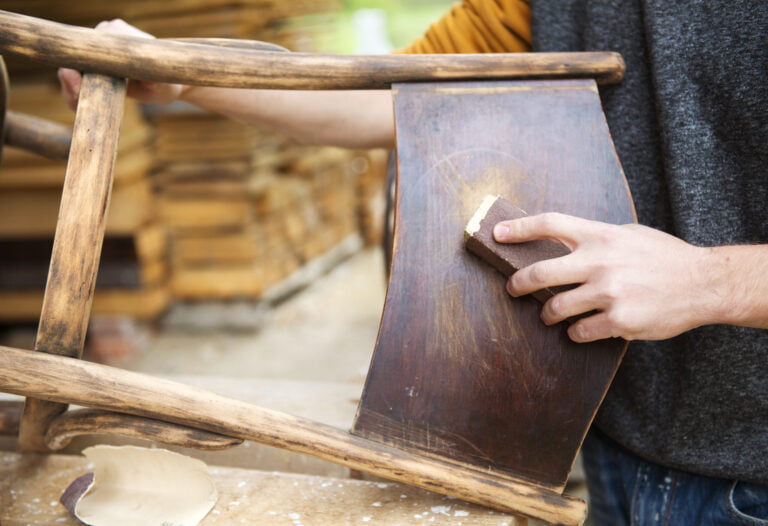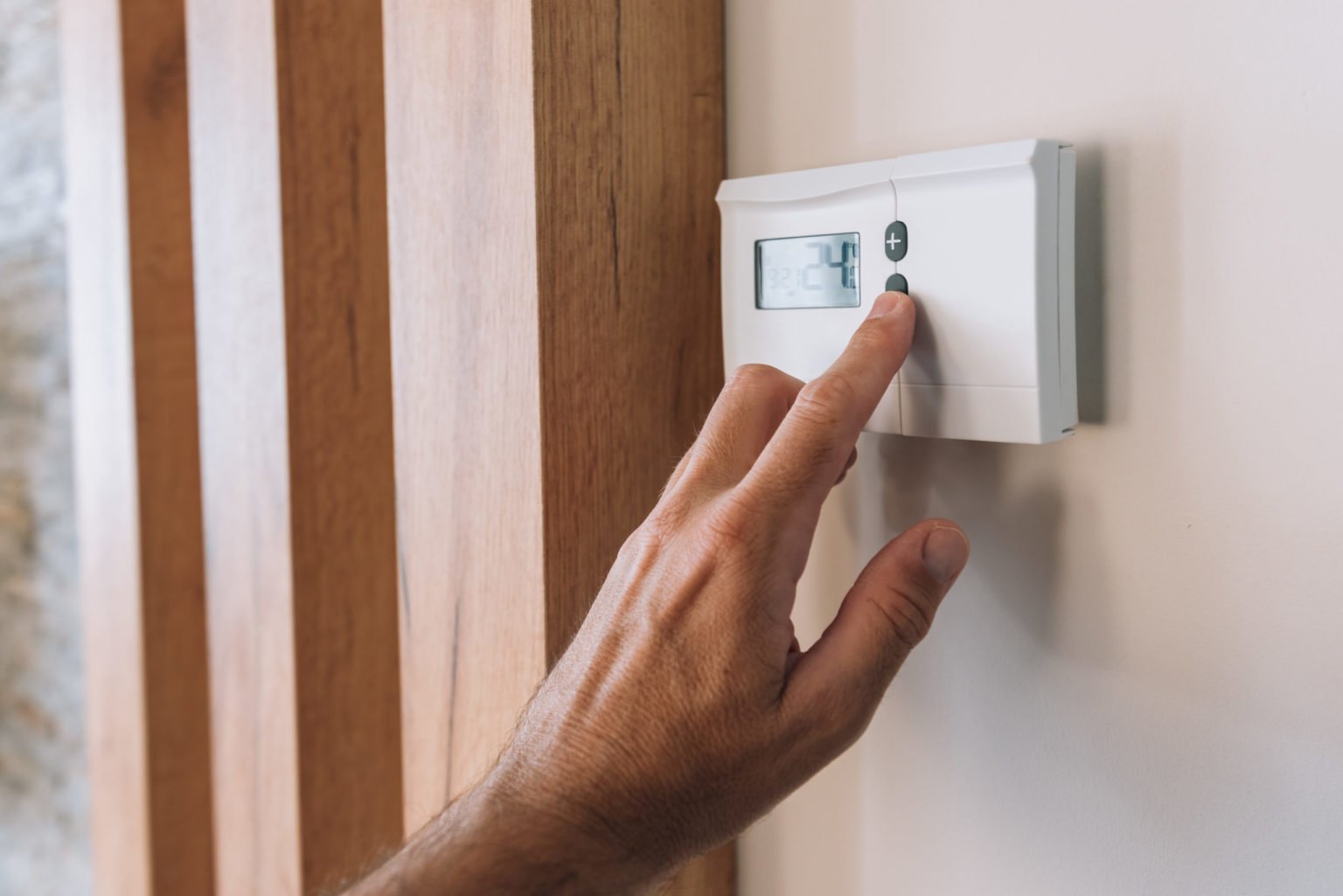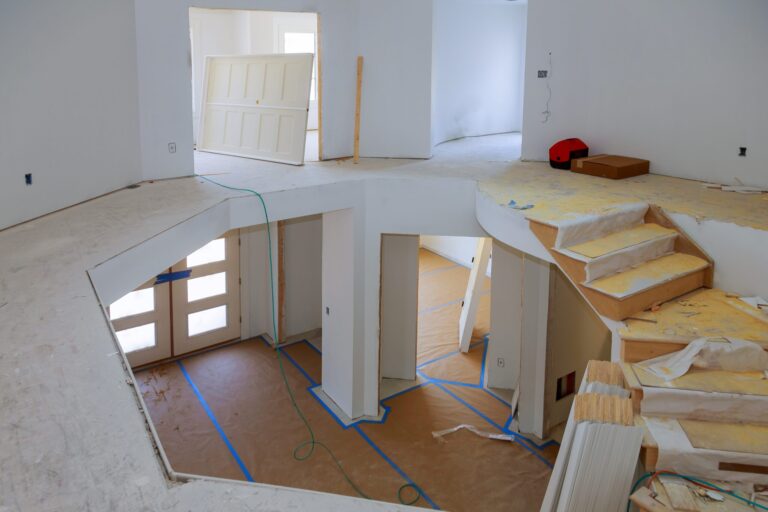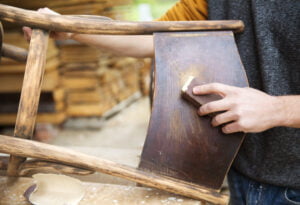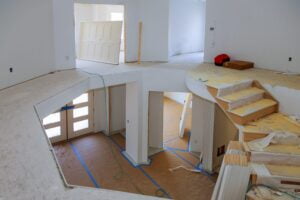Your home’s heating and cooling system are at the heart of how your household operates. Whether it’s getting you warmly through a frigid February or cooling you down through a sweltering July, you need these systems for any semblance of comfort. An HVAC system is a great way for homeowners to regulate the temperature within their households year-round. Let’s take a closer look at what you need to know about these units from installation to maintenance.
Indoor and Outdoor Units
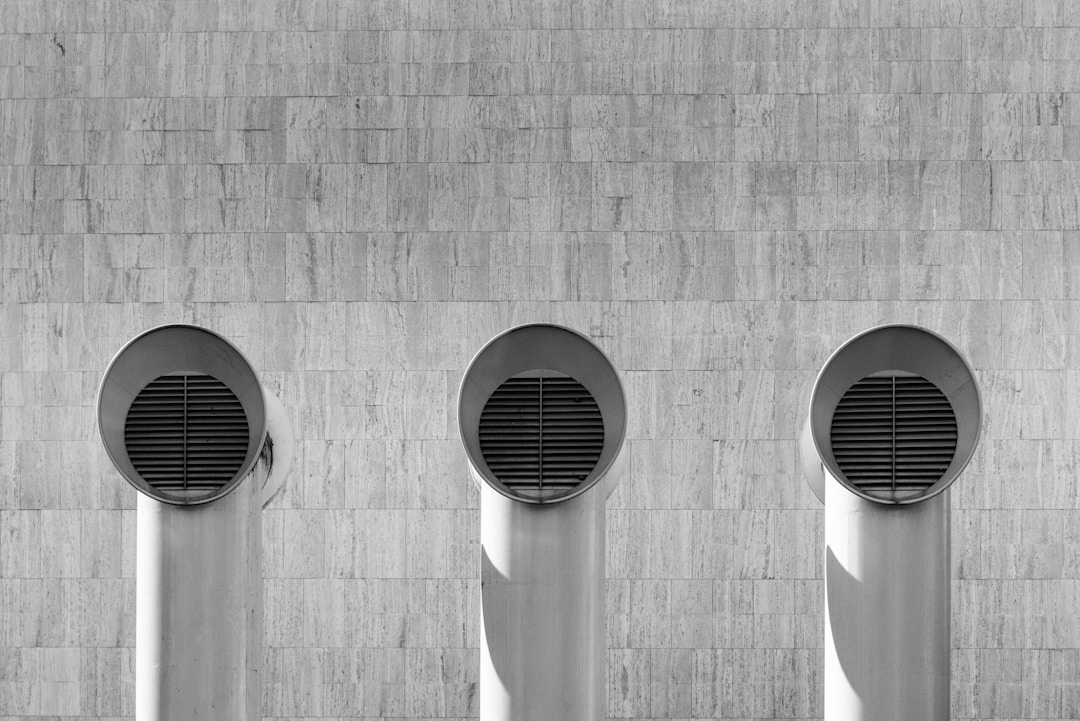
HVAC systems are easier than ever to install, but it’s important to have a unit for your home that can meet your needs but not spend energy for too large of a unit, sending your electric bill soaring. Indoor units are normally placed in the attic of a house, with ductwork and vents laid out throughout the house. This assures that hot or cool air is flowing throughout the household, being triggered by a thermostat that is placed in a central location somewhere in the household. It’s an easy way to make sure you’re set year-round for a comfortable temperature.
While HVAC units are tremendous assets for a household, they may run into issues. If you find that the heat in your home is not sufficient, you may find yourself looking up “furnace repair in Chicago” online. Clogs in the ducts could back heat up, preventing it from spreading throughout the house. There could also be cracks in the ducts that are not allowing for efficient airflow. Most dangerously of all, a crack in the heat pump of a unit could lead to leaks of dangerous and deadly carbon monoxide.
Inefficiencies and Errors
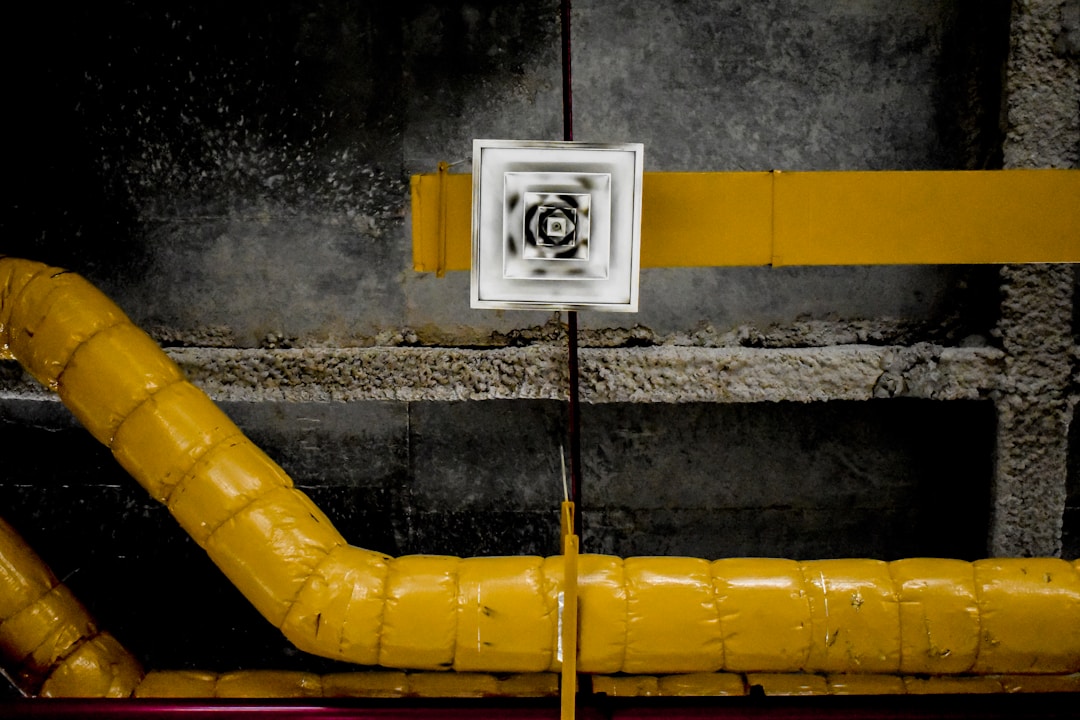
Just like any appliance in your home, breakdowns and issues can happen. That’s why it’s important to be vigilant of the telltale signs that your air conditioner is losing efficiency. Noises can emerge from an HVAC system that can alert homeowners. While there are clanks that can emerge when you first turn on an HVAC unit in the summer or winter, they may not dissipate, and that could be because of loose equipment inside. A unit’s efficiency can also be experiencing significant issues if you notice suddenly higher energy bills. If you notice your use is not meeting the tab at the end of the month, you may want to explore possible issues.
Outdoor units may run into issues courtesy of Mother Nature that can prevent an HVAC system from running efficiently. If there is a clog in piping brought on by wet weather, mud and gunk can lead to issues with ventilation. Regular cleaning of outdoor units, such as clearing away weeds and removing dirt from outside the filtration, can help you make sure there is no blockage. This could lead to burnout of equipment of the system, seriously impacting capabilities depending on the age of your unit.
Filtration and Ductwork
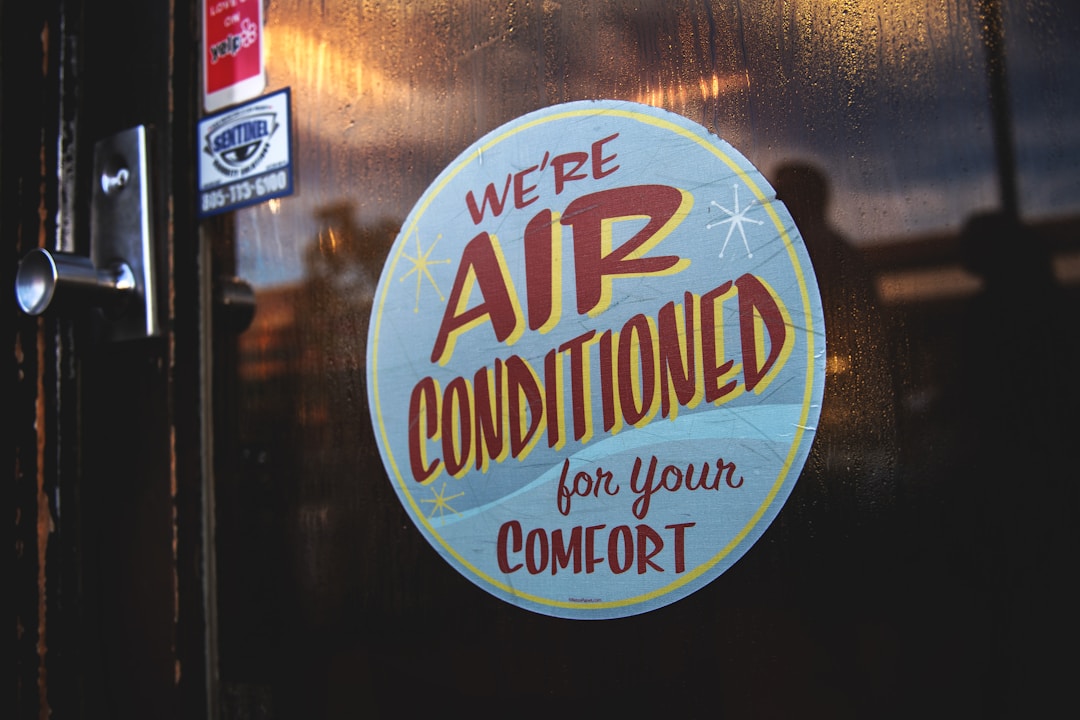
It’s recommended that an HVAC technician is brought in regularly to evaluate a system before peak seasons like the winter and summer. This will make sure that hot air and cool airflow without interrupted. At this time, ducts and vents should be cleaned out to remove dust and allergens that can enter your household and dangerously impact your indoor air quality. A technician can also evaluate the equipment in the unit to make sure it’s up to code for high usage.
Regularly cleaning air filters is crucial to making sure outdoor HVAC units are able to handle the workload, removing any dirt that may have accrued. Technicians should also check for any leaks or cracks in any part of the system to repair immediately to not put as much pressure on the HVAC system. After all, great maintenance will maintain the lifespan of the system.


